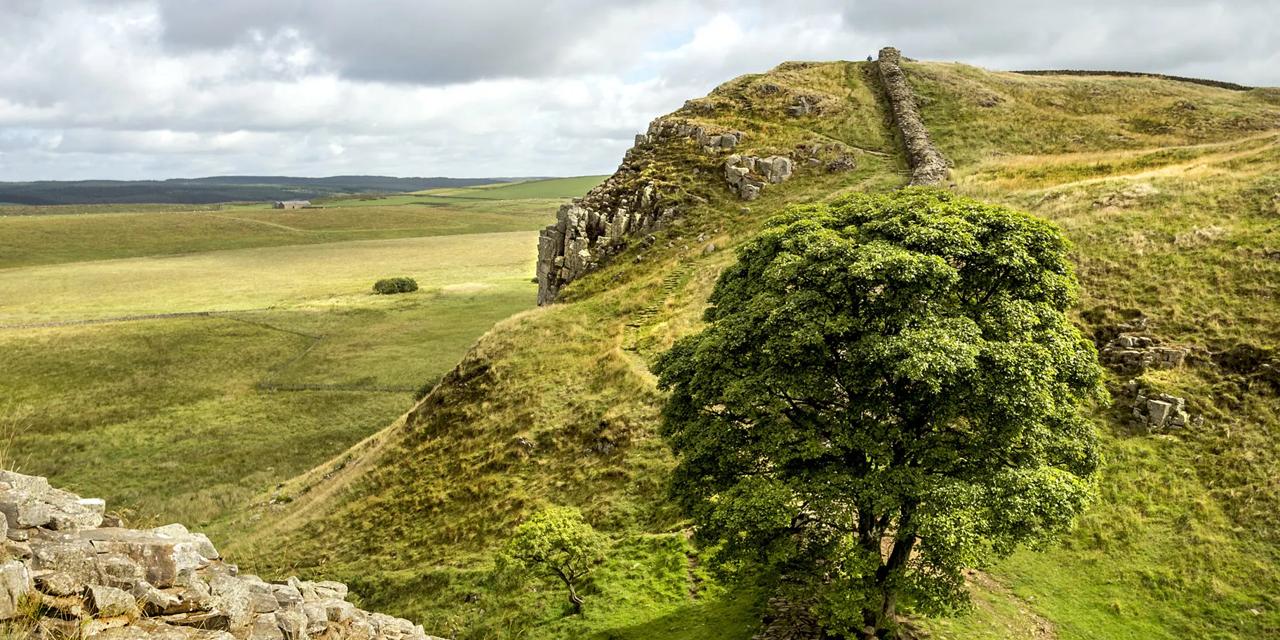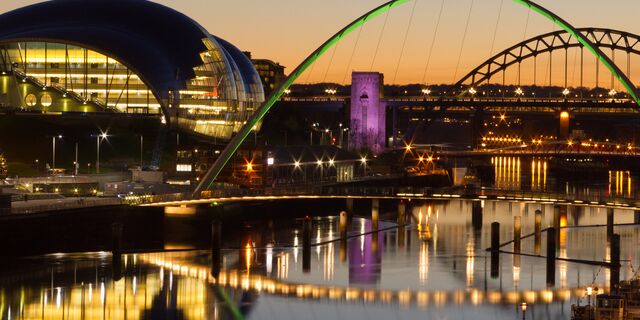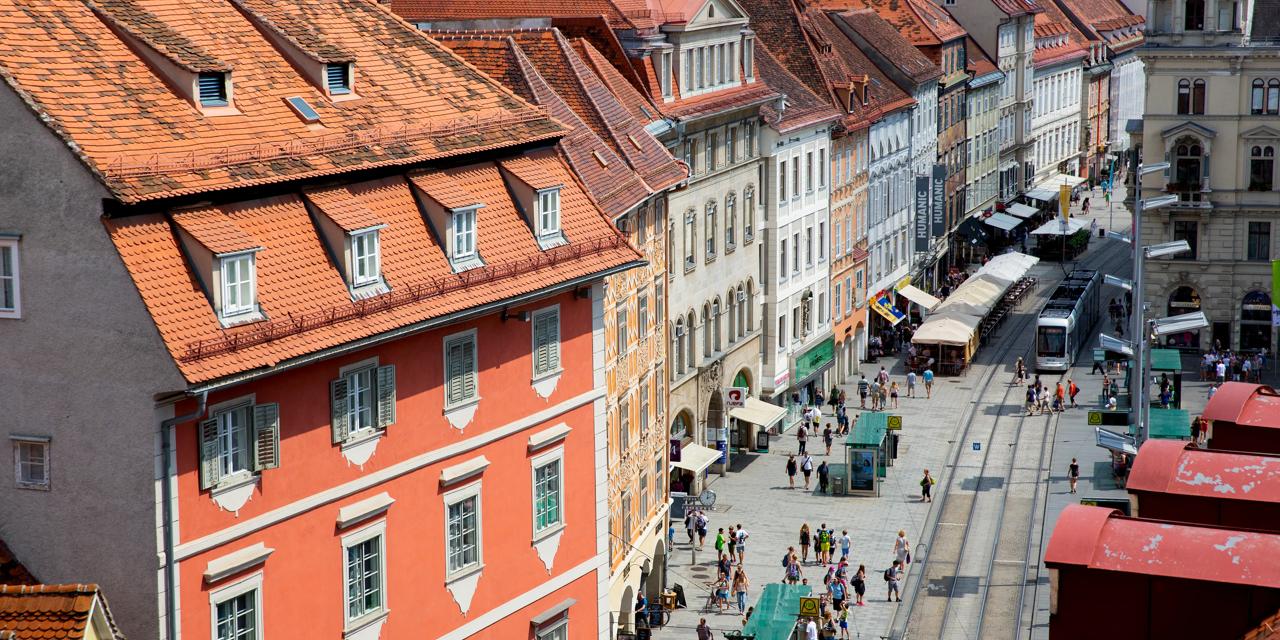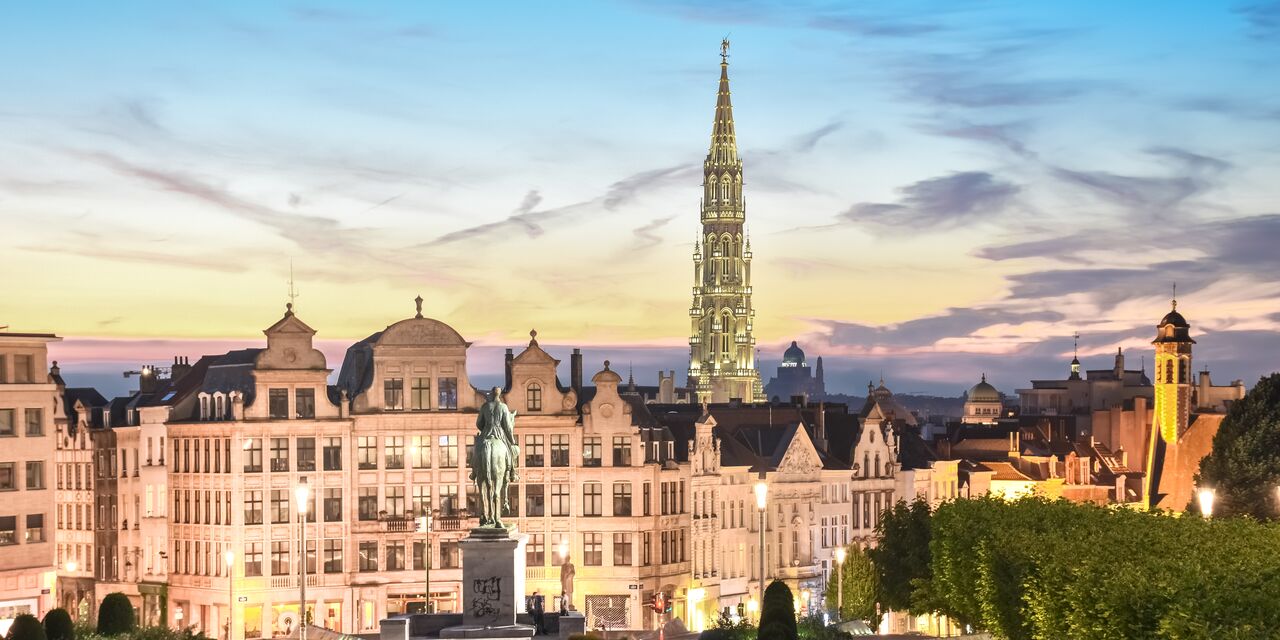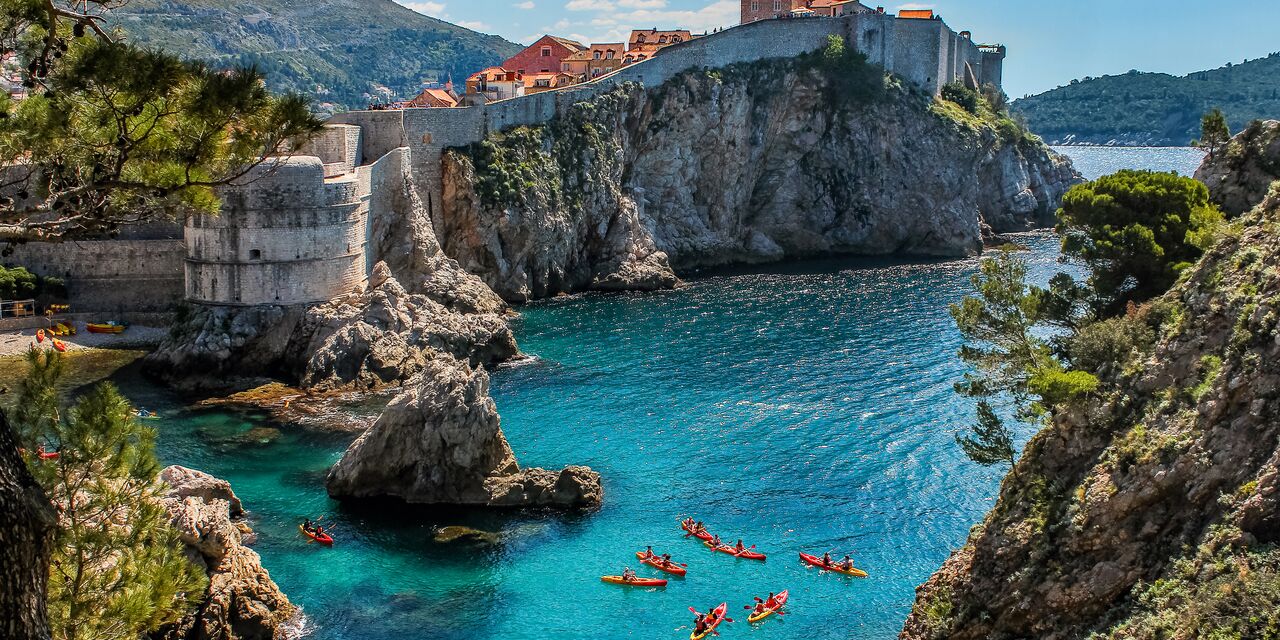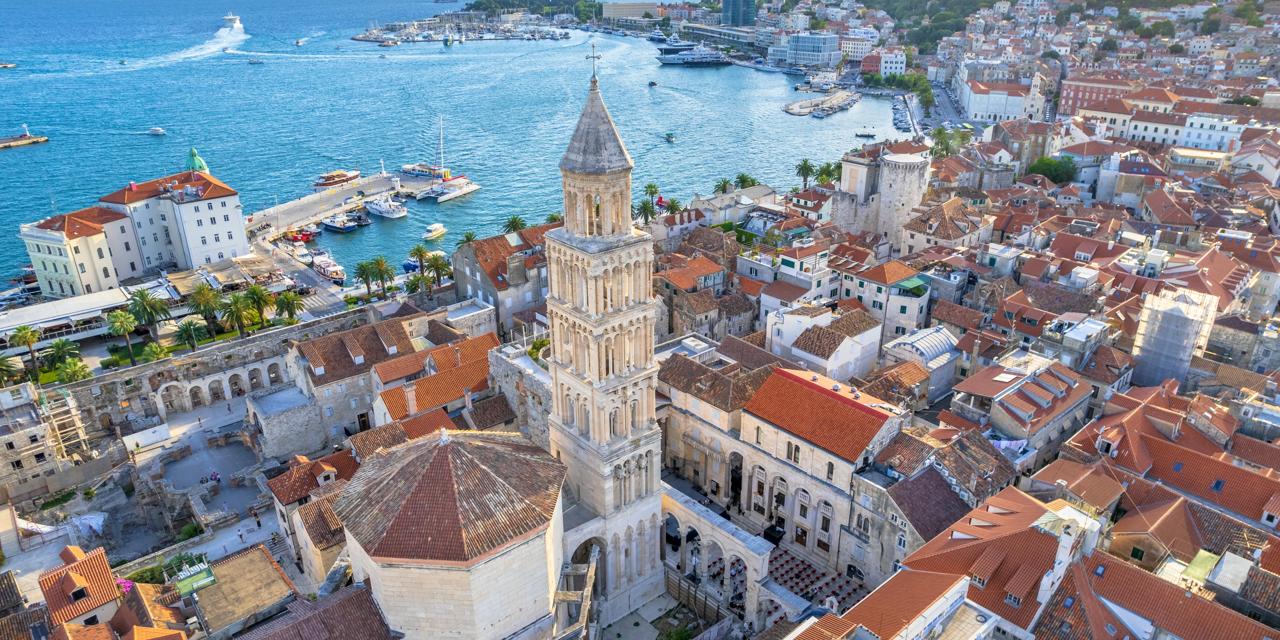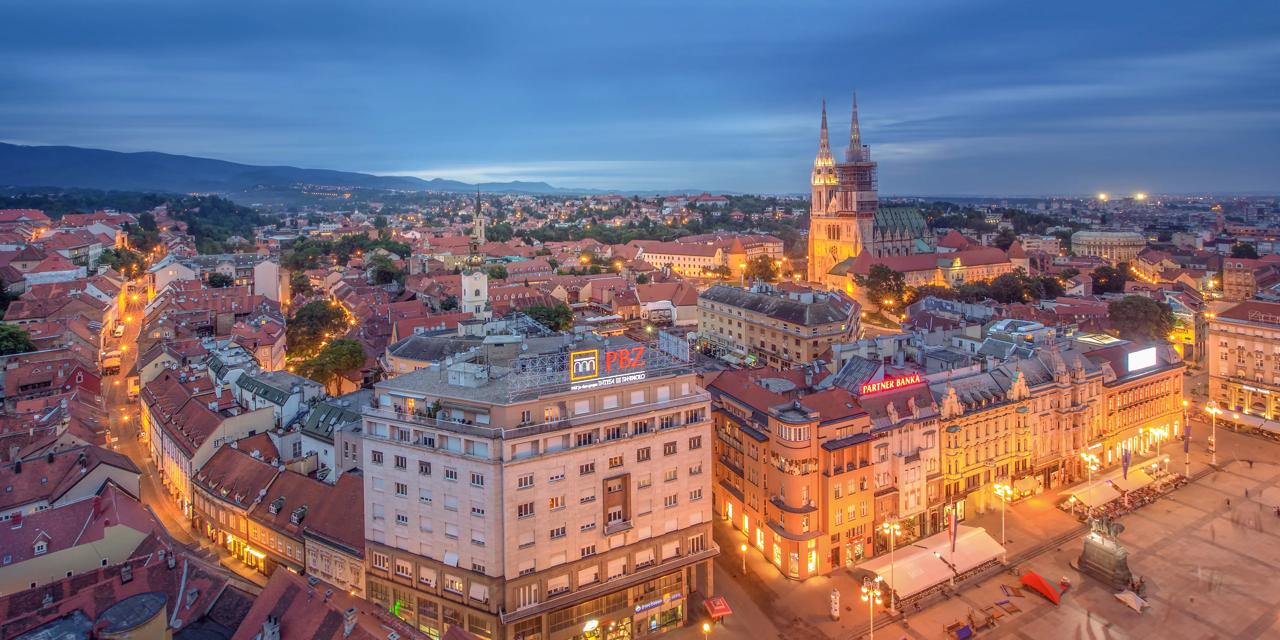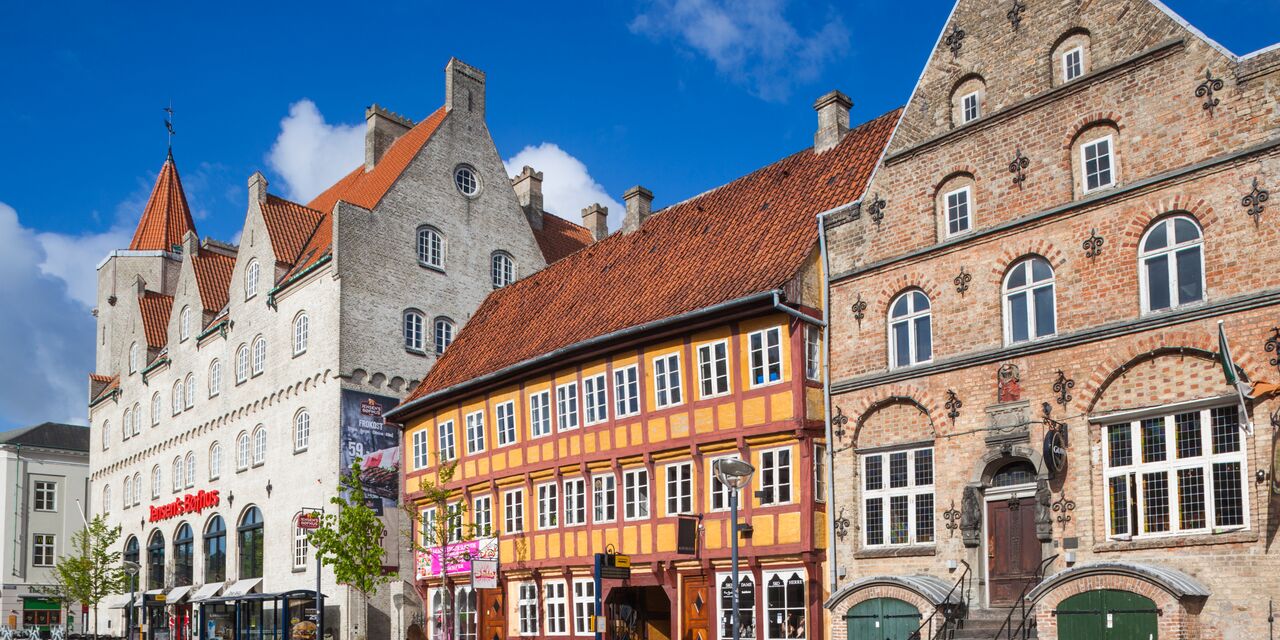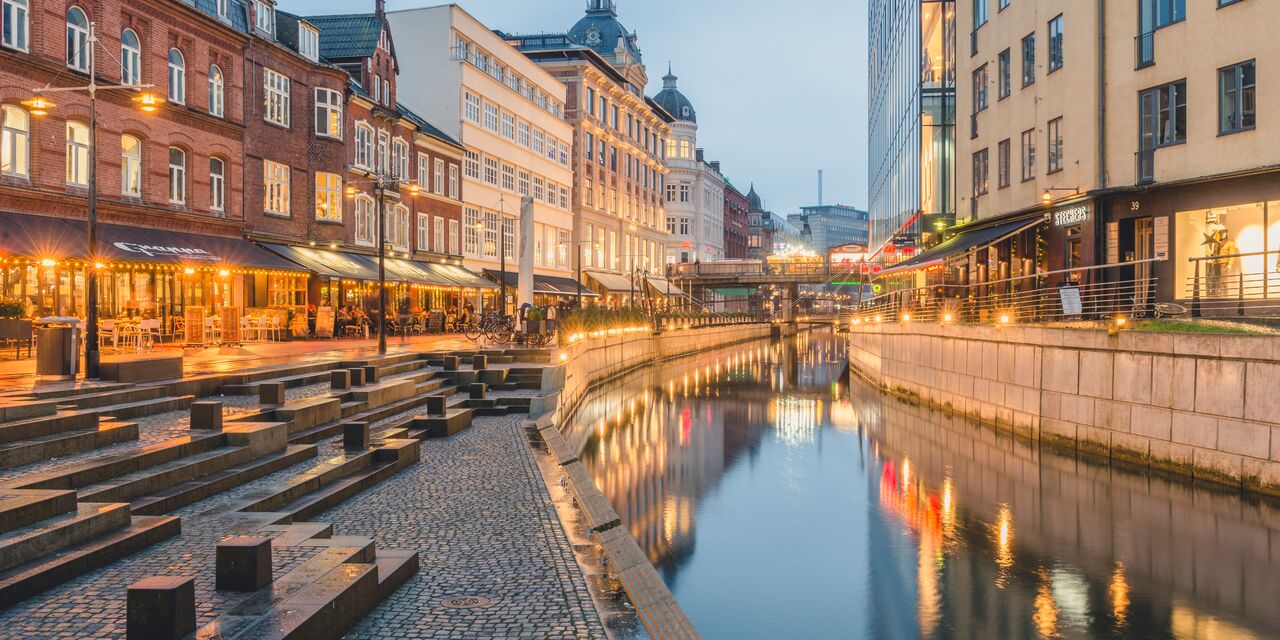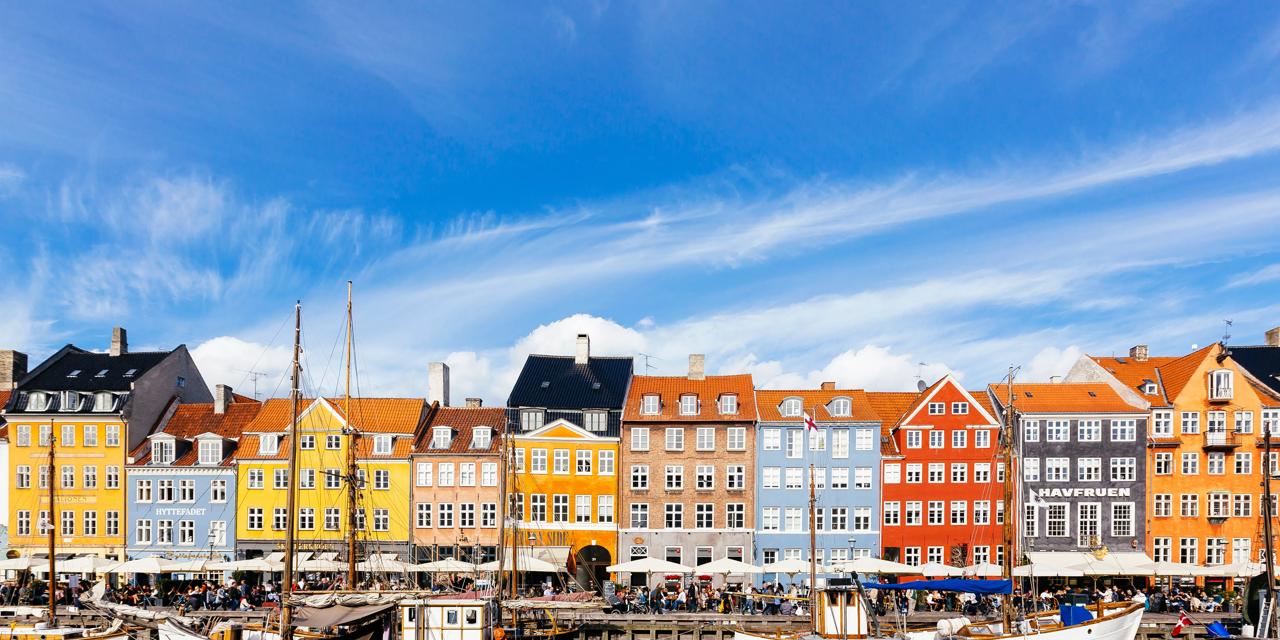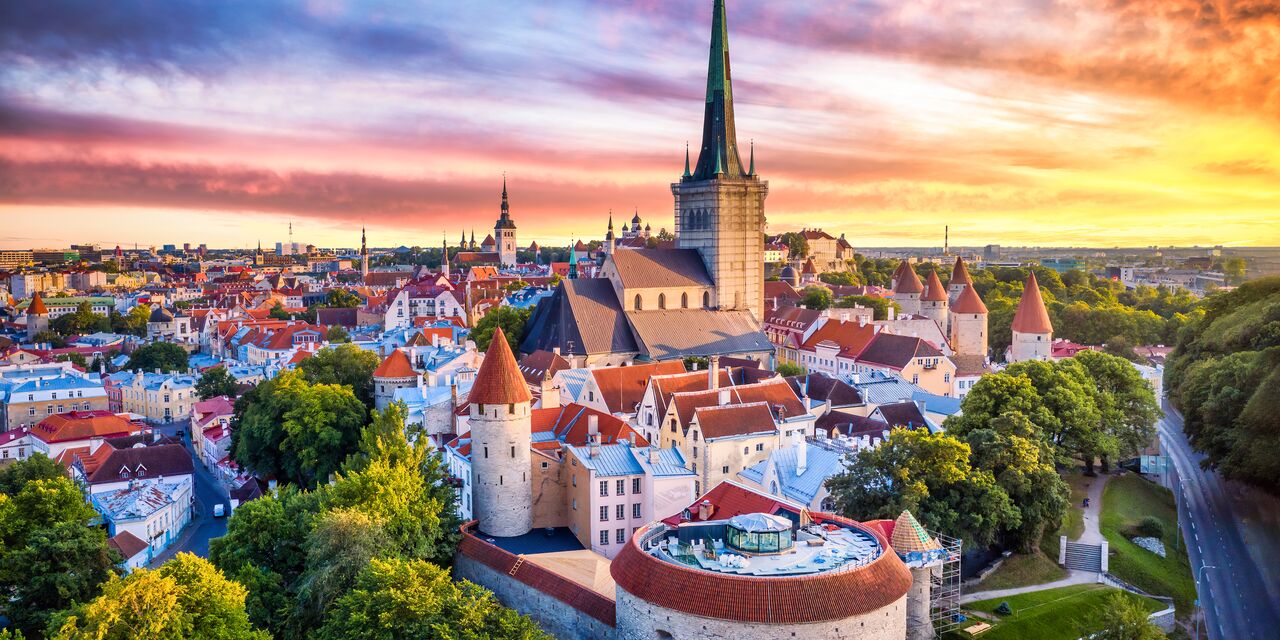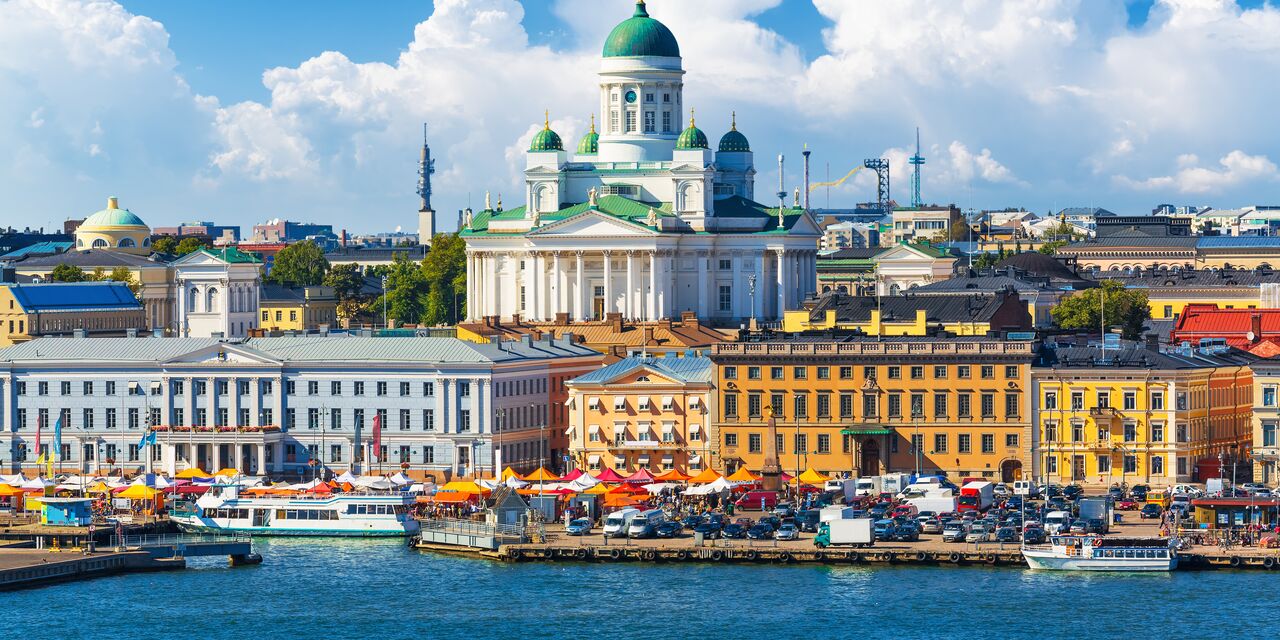Five museums along the wall
In addition to several archaeological finds, various museums have recently been inaugurated along Hadrian’s Wall. The Great North Museum in Newcastle has a room with a display of sculptures and inscriptions that tell the story of the construction and guarding of the wall. Near Newcastle, a fort and bathhouse named Segedunum has been completely excavated and restored. Climb the 35-metre-high lookout tower and admire the spear tips and rounded stones used to attack the enemy – there is even a stone toilet dating back to the Roman era. The replica of Fort Arbeia is located in nearby town South Shields. The barracks display coins, gems, swords and chain mails – all needed to win a battle. Excavations are still ongoing. Situated at the far end of the wall, on the coast of Cumbria, is the Senhouse Roman Museum, which displays beautiful altars and sculptures from the former fort. From the reconstructed watch tower you can look out over the Irish Sea and the fort. To experience life as a Roman soldier, watch the 3D movie in the lively Roman Army Museum. Outside you will also find one of the best preserved sections of the wall.
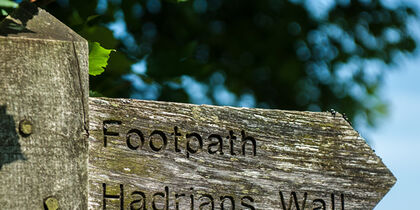
From coast to coast
The best way to explore Hadrian’s Wall is to follow the 135-kilometre-long signposted Hadrian's Wall Path. This way, you can walk from coast to coast in 7 days. The trail leads through rolling fields, farmland, meadows and rugged heather fields to the salt marshes on the west coast. Along the way, visit the local pubs for some delicious refreshments and a taste of village life.

